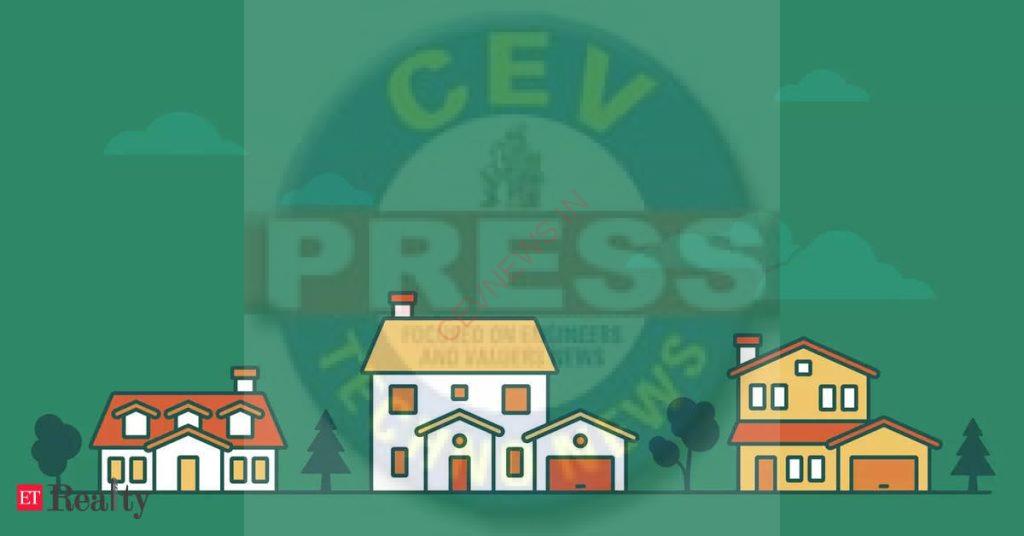INTRODUCTION TO NATIONAL BUILDING CODE
The National Building Code (NBC) is a set of regulations and standards established by the government of a country to ensure the safety, health, and welfare of the public when it comes to the design, construction, and occupancy of buildings. The purpose of the code is to provide a uniform and systematic approach to building construction that ensures a minimum level of safety and performance for all types of structures.
The NBC covers a broad range of topics related to building design and construction, including building materials, structural design, fire safety, electrical and mechanical systems, accessibility, and energy efficiency. It sets out the minimum standards for building safety and performance, and is typically enforced through local building codes and inspections.
The code is developed through a process of consultation with experts from various fields, including architects, engineers, builders, and code officials. It is regularly updated to reflect advances in technology and changes in building practices, and to ensure that buildings are constructed to the highest possible standards of safety and performance.
Compliance with the National Building Code is mandatory for all new construction and major renovations, and failure to comply can result in fines, legal action, and even the closure of a building. However, the code is not intended to stifle creativity or innovation in building design, and provides flexibility for architects and builders to incorporate new and innovative approaches to construction within the framework of the code.
Here are some key points of the National Building Code:
- Purpose: The National Building Code is designed to ensure the safety, health, and welfare of the public in relation to the construction and occupancy of buildings.
- Scope: The code applies to all new construction, renovations, and additions to existing buildings, and covers a wide range of building-related topics, such as design, construction, accessibility, fire safety, and energy efficiency.
- Enforcement: The code is typically enforced through local building codes and inspections, and compliance is mandatory for all building projects.
- Standards: The code sets out minimum standards for building safety and performance, and is regularly updated to reflect advances in technology and changes in building practices.
- Consultation: The code is developed through a process of consultation with experts from various fields, including architects, engineers, builders, and code officials.
- Flexibility: While the code sets out minimum standards, it also allows for flexibility in building design and construction, allowing for creativity and innovation.
- Responsibility: The code places responsibility on building owners, designers, builders, and code officials to ensure that buildings are constructed to meet the standards set out in the code.
- Compliance: Failure to comply with the code can result in fines, legal action, and closure of the building.

FOR MANY MORE UPDATES AVAILABLE CLICK BELOW
CLICK THE BELOW LINK TO READ THE COMPLETE CONTENTS, SOME CONTENTS OF THIS WEBSITE ARE FOR GOLD SUBSCRIBERS ONLY. Join us as a GOLD SUBSCRIBER and get access to read important books. CEV LIBRARY GOLD SUBSCRIPTION
KIND ATTENTION
We are going to close all what’s groups of CEV soon due to difficulties in posting information or message in more than 5 groups of CEV at a time. All future posts of empanelment notices & professional importance will be shared on
1. https://t.me/+dbHNkNO22xsyYTY1
2. www.valuerworld.com
3. The Twitter handle of CEV India https://twitter.com/cevindia?t=XbqlvnwUVz1G3uPgs749ww&s=09 after closing the groups. All members of these groups are requested to register themselves at the following link immediately for Getting all related timely updates

